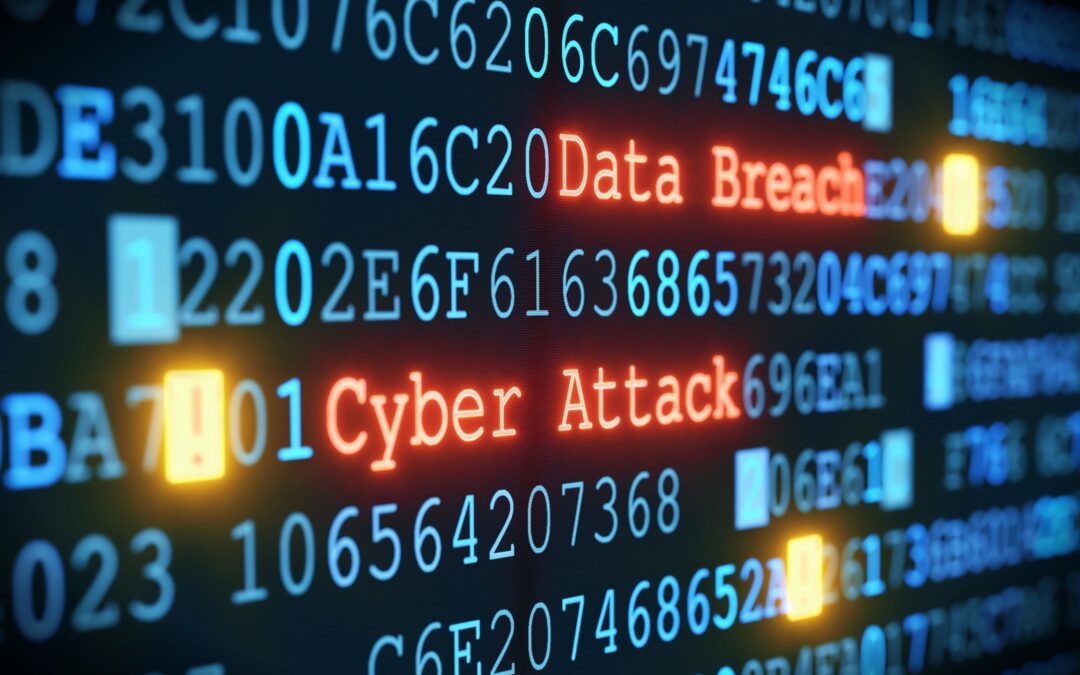Phishing scams are a prevalent problem in today’s internet. They can come in many forms: an email, a text, a popup, a message on an app. All of these can try to ply you into clicking on a malicious link, downloading a damaging app, or to trick you into supplying them with confidential information. While some are easy to spot, others can be much more refined and harder to catch.
The best defense against phishing is a strong network security plan and ensuring that you and your coworkers are educated against phishing scams. Educating and checking that everyone knows what to look for and when to report it is among the best way to protect your data. Everyone should question emails that start by trying to scare you or trying to tell you that something is wrong, and you need to “click here” to correct the problem.
The first step when someone is suspecting of a phishing attempt is to make sure that you DO NOT click any links, download any files, or respond with any information. The next step would be to contact your IT department or IT security department. They will have the proper tools and knowledge to contain and report this attempt. Notifying that is occurred to the rest of the company is helpful, as it keeps everyone alert to these attempts.
What happens if you or someone DOES click the link, or download and run the file, or send the secure info? The next few steps are critical, as it could be the difference between no data loss, minor data compromise, or a full hijack of your systems. Making the wrong steps after being compromised can lead to disastrous results for your network and data.
We here at Acme Business Solutions are ready to help you and your company to be ready for a phishing attack. We can help educate employees about phishing scams, how to identify and report incidents, and what to do in case of a data breach. Acme has been in business for over 60 years, and our IT professionals are ready to elevate your network, your data flow, and get your company to its pinnacle.
Phishing attack statistics (From CyberTalk.org)
- Roughly 15 billionspam emails make their way across the internet everyday, which means that spam filters are “working overtime” and are liable to permit malicious phishing attack emails to slip through.
- In 2021, 83%of organizations reported experiencing phishing attacks. In 2022, an additional six billion attacks are expected to occur.
- Last year, roughly 214,345unique phishing websites were identified, and the number of recent phishing attacks has doubled since early 2020.
- Thirty-percentof phishing emails are opened. This increases the probability of an individual unintentionally clicking on a malicious link or downloading a compelling-looking document that’s laced with malware.
- Forty-two percentof workers self-reported having taken a dangerous action (clicked on an unknown link, downloaded a file, or exposed personal data) while online, failing to follow phishing prevention best practices.
- One in99 emails is a phishing attack. If a ~1% attack rate doesn’t scare you, the fact that 25% of these emails manage to make their way into Office 365 inboxes just might. Office 365 represents one of the most commonly used email clients, with 60 million commercial users, and 50,000 small business customers worldwide.
- Roughly 90%of data breaches occur on account of phishing. According to the US Federal Bureau of Investigation, phishing attacks may increase by as much as 400% year-over-year.
- Roughly 65%of cyber attackers have leveraged spear phishing emails as a primary attack vector.
- When asked about the impact ofsuccessful phishing attacks, 60% of security leaders stated that their organization lost data, 52% experienced credential compromise, and 47% of organizations contended with ransomware.
- When it comes to phishing attack remediation, IBM’s 2021 Cost of a Data Breach Report found phishing to be the second most expensive attack vector to contend with, costing organizations an average of $4.65 million.
- In more eye-opening phishing attack statistics, although 93%of organizations measure the cost of phishing attacks in some way, only 60% of such organizations offer formal cyber security education to their users.
- In relation to phishing, the most heavily targeted sectors have historically included financial institutions, social media enterprises, SaaS/webmail services, and retail vendors.
- Starting in 2016, cyber attackers staged malware and conducted spear phishing attacks in order to gain remote access into the US energy sector’s systems.After gaining access, nation-state threat actors managed to move laterally and to collect information pertaining to Industrial Control Systems.
- According to the Swiss Cyber Institute,LinkedIn phishing messages represent 47% of all social media phishing attempts.
- Eighty-four percentof US-based organizations state that security awareness training has lowered phishing failure rates.


Recent Comments